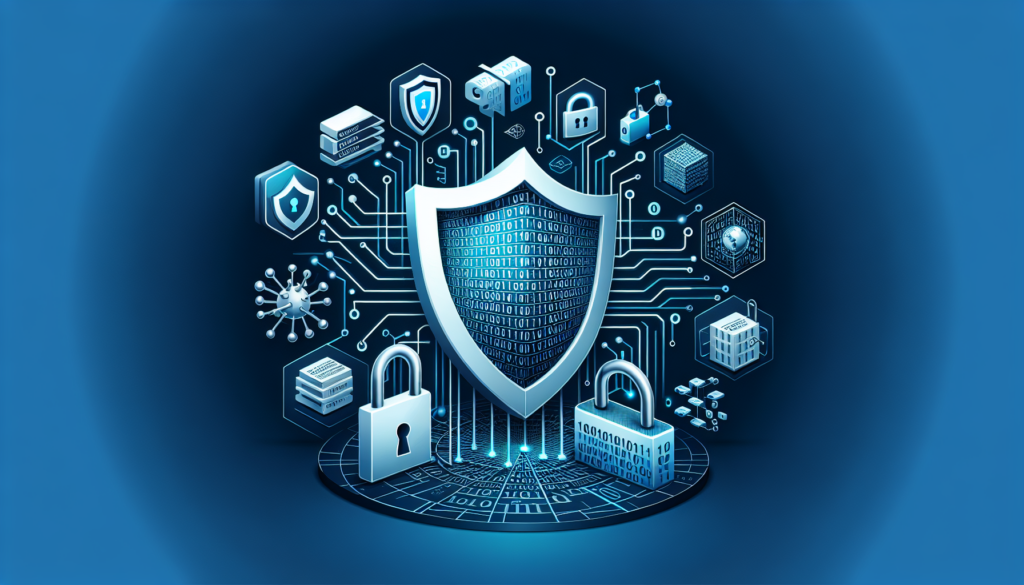In the digital age, maintaining a secure website is essential for the integrity of information, customer trust, and the continuity of business operations. Advances in technology have made it easier for cybercriminals to develop increasingly sophisticated methods to penetrate website security systems, which makes understanding and implementing advanced security practices a critical task for system administrators, developers, and online business owners.
Risk Assessment and Security Audit
Evaluating Current Security
Security begins with an understanding of existing vulnerabilities. For this, it is advisable to conduct a comprehensive security audit that includes the inspection of servers, web applications, databases, and network protocols. Tools such as vulnerability scanners and compliance assessment software can reveal deficiencies before they are exploited.
Risk Mitigation
Once vulnerabilities have been identified, devising mitigation strategies is crucial. This includes prioritizing risks based on their potential impact and likelihood of occurrence, followed by implementing the pertinent solutions.
Server Level Protection
Secure Configuration and Hardening
Proper server configuration through a process known as ‘hardening’ minimizes attack surfaces and reduces vulnerabilities. Key elements in this process include regular updates of the operating system, minimizing services running on the server, and establishing solid permissions and access controls.
Cloud Security
For sites hosted on cloud infrastructures, security must encompass managed services, role-based access controls (RBAC), and continuous monitoring. Cloud service providers offer specific tools and security policies that must be properly configured to take advantage of these dynamic and scalable environments.
Web Application Fortification
Frameworks and Libraries Up-to-Date
Using up-to-date frameworks and libraries is essential, as these updates often include patches for recently discovered vulnerabilities. Constant monitoring of dependencies with package management tools helps keep software up-to-date.
Cross-Site Scripting (XSS) and SQL Injection
Defenses against XSS and SQL Injection attacks are achieved by implementing strong input validations and using prepared statements or ORMs for database interactions. Additional defenses such as Content Security Policy (CSP) can be essential to mitigate content manipulation-based attacks.
Authentication and Authorization
Robust authentication methods such as two-factor authentication (2FA), the use of secure passwords, and session timeouts are recommended practices. Moreover, the principle of least privilege should guide the assignment of user rights to minimize the potential damage of a security breach.
Certificate Management and Encryption
Data Encryption
Encrypting data in transit using protocols such as TLS (Transport Layer Security) is an industry standard. In addition, encryption of data at rest protects sensitive information in case of unauthorized access to hardware.
SSL/TLS Certificates
The use of SSL/TLS certificates serves a dual function; establishing a secure channel for communication and providing a signal of trust for the users. Ensuring the renewal and proper management of these certificates is vital for the integrity of security.
Incident Response and Recovery
Incident Response Plan
Developing a comprehensive incident response plan ensures that attacks can be identified, contained, eradicated, and recovered from quickly. This plan should include detailed protocols, assignment of responsibilities, and communication strategies.
Backup and Recovery
Implementing a solid backup strategy, with proven and effective data recovery, is a cornerstone of resilience against attacks. Backups should be stored in a secure location and undergo periodic testing to ensure their effectiveness.
Conclusion
Web security is a constantly evolving field that requires ongoing attention and adaptation to new threats. Through a detailed understanding of the technical aspects and the implementation of advanced practices, it is possible to significantly reduce the risk of cyber attacks. Staying informed about recent trends in web security, actively participating in expert communities, and adopting a proactive approach are essential measures for effective protection in cyberspace.
This article is intended not only to serve as a guide but also as a call to action for those in charge of keeping digital assets secure. The challenges are great, but with the right strategy and the necessary diligence, it is possible to be one step ahead of cyber threats and safeguard the integrity of websites and the information they contain.

